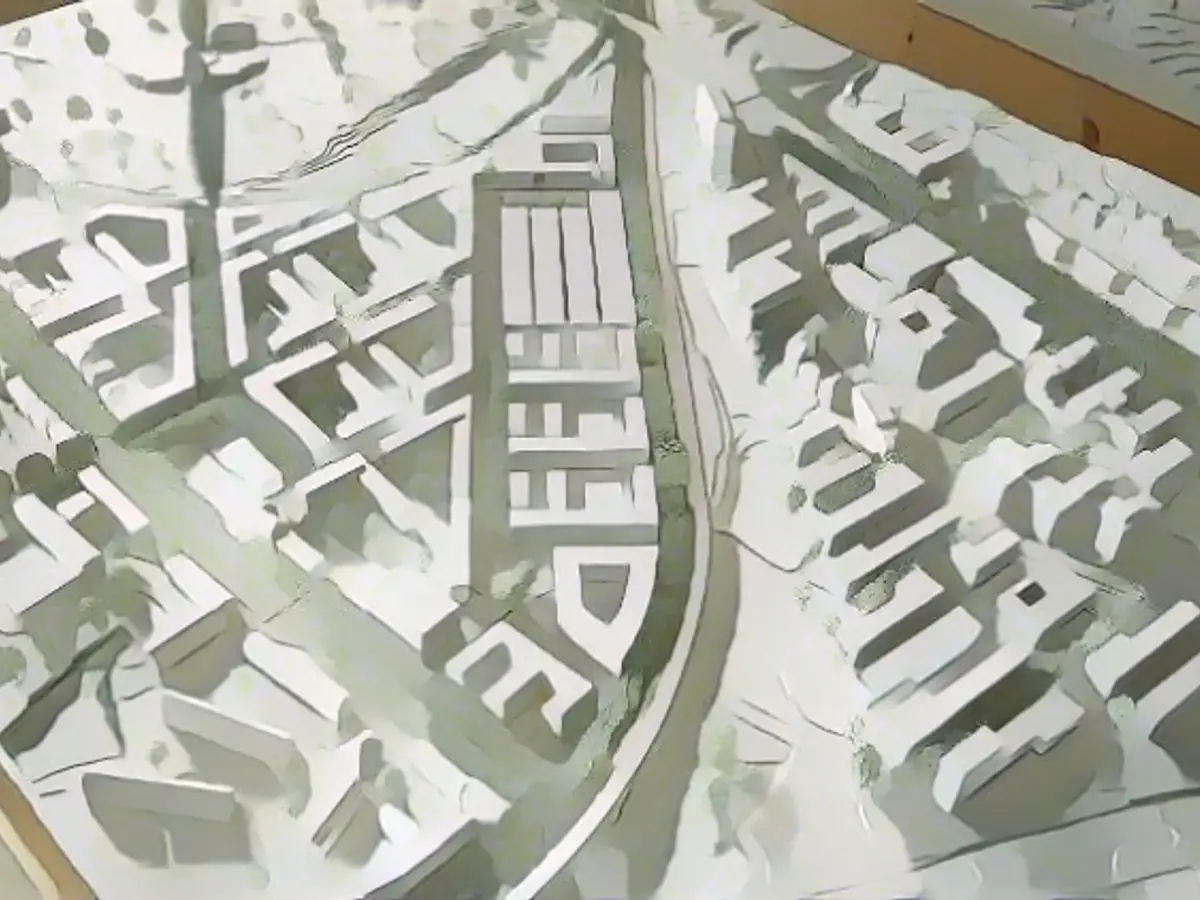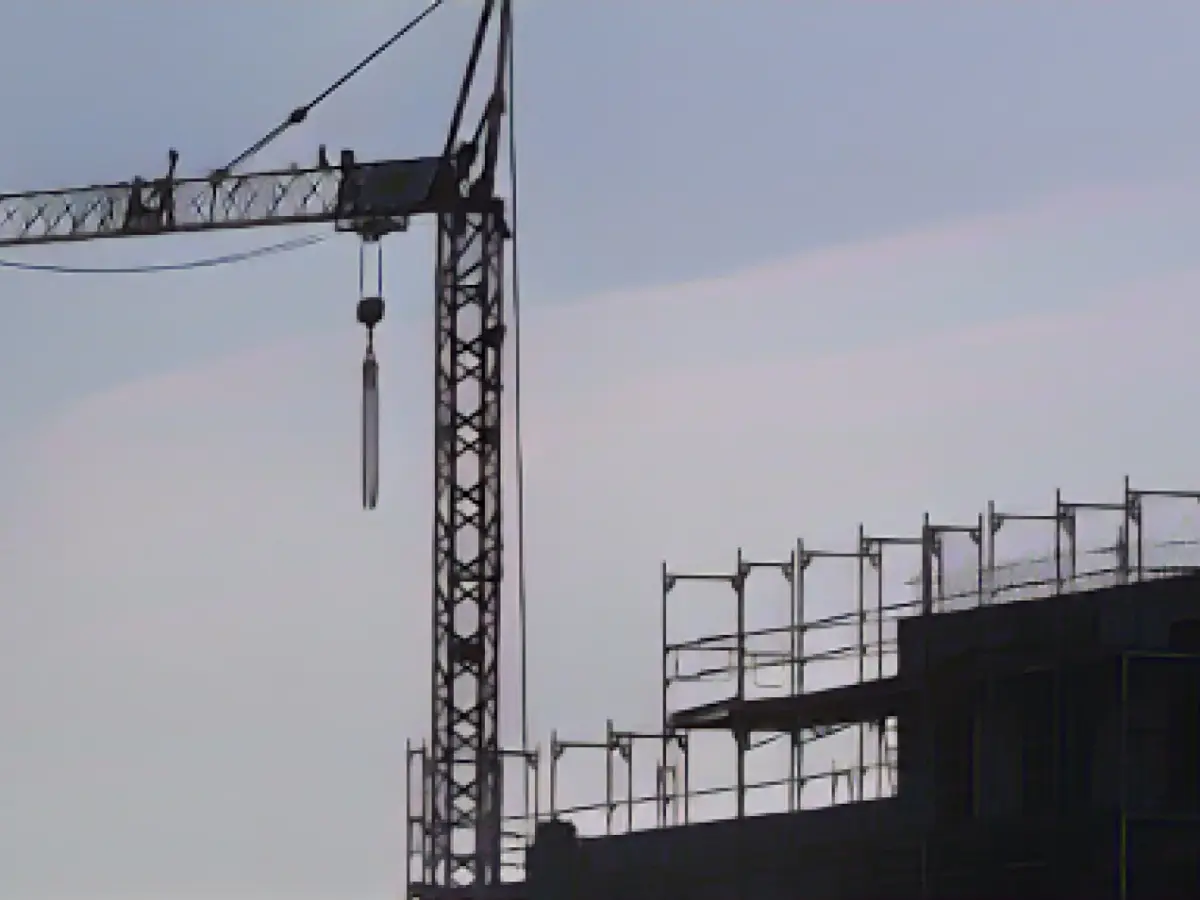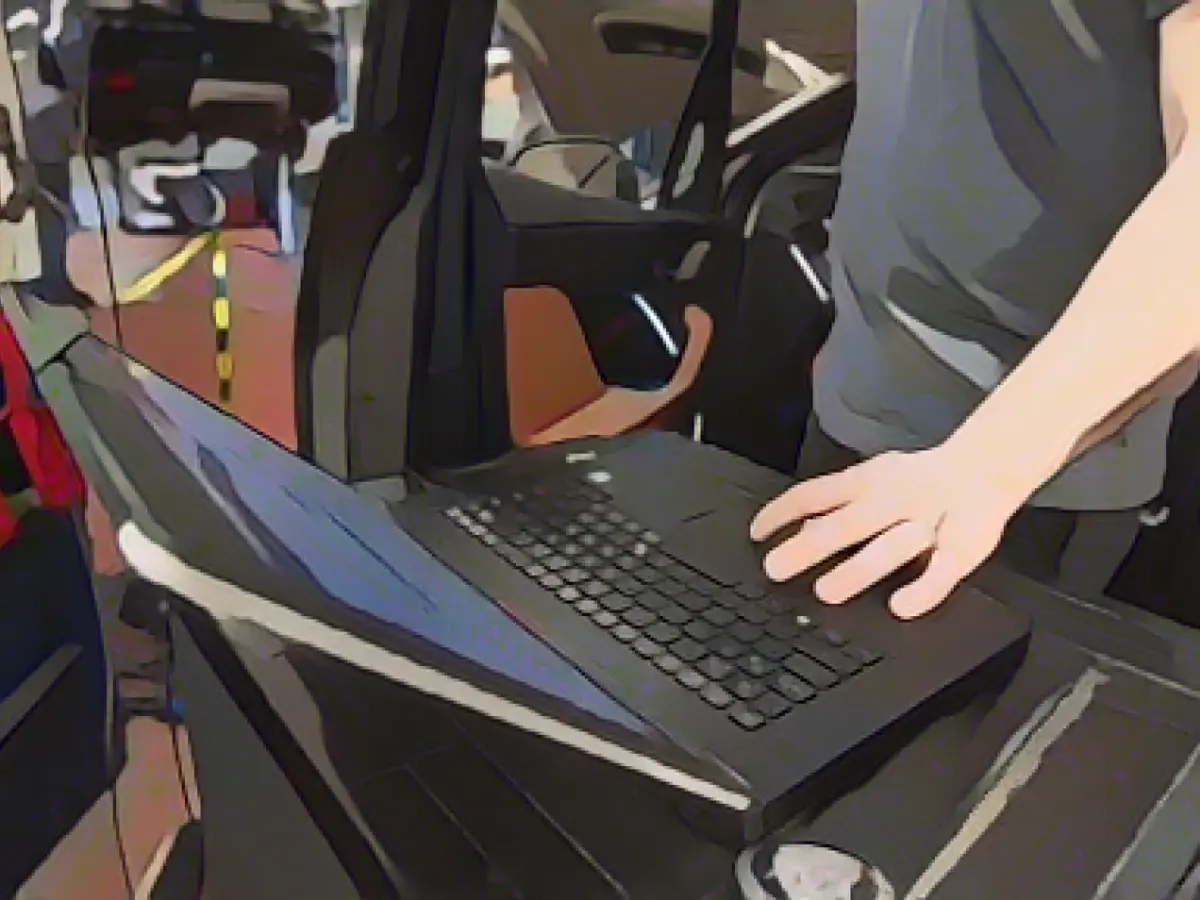Stuttgart 21's Costly Turnaround
Ever since construction began on Stuttgart 21 in 2010, the controversial rail station project's price tag has been on a roller coaster ride. Recently, estimates put the project's cost at an unprecedented 11.5 billion euros, a 1.8 billion euro increase from its initial 9.2 billion euro estimate. This eye-popping surge in cost has become an unwelcome financial burden to Deutsche Bahn in particular.
According to sources close to Reuters, this new estimate includes an additional 500 million euro buffer, bringing the project's total financing framework to just under 11.5 billion euros. Deutsche Bahn has remained tight-lipped about the situation, declining to comment on the increased estimates. However, they reiterated their commitment to starting operations in 2025, even as some within Deutsche Bahn see this deadline as ambitious.
Critics Allege Disproportionate Costs
Stuttgart 21 largely involves transforming Stuttgart's terminus station into an underground facility, linking it to high-speed rail networks, and connecting Stuttgart Airport in the process. By repurposing the land from the existing station, the project aims to create housing and other developments.
The project was met with controversy during its inception phase, with critics arguing that the projected costs did not align with the expected benefits. During construction, protests and skirmishes between protesters and police frequently made headlines, resulting in numerous injuries. Although a referendum in 2011 showed majority support for the project (with around 60% in favor), ongoing problems persist, including concerns about cost estimates and inadequate management oversight from the Ministry of Transport.
Deutsche Bahn's Partners Shun Additional Costs
In an agreement prior to construction, Deutsche Bahn, the federal government, the state of Baden-Württemberg, and Stuttgart Airport had agreed to share costs. However, targeted partners -- who've been asked to contribute toward the exponentially increasing costs -- have so far refused to do so. Deutsche Bahn, finding itself over 30 billion euros in debt, is now left to foot the bill as opening dates are repeatedly delayed.
Additional Insights
According to experts in large-scale infrastructure projects, there are several significant factors that can contribute to escalating costs. These factors include the complexity and design changes, political and regulatory hurdles, and environmental challenges. For instance, fixed early commitments and locked-in decisions can make it difficult to pivot and adjust as financial situations change. This rigidity can lead to cost overruns.
Political and regulatory issues, such as opposition and judicial delays, can also add to project costs. For instance, the Texas Central project faced significant political opposition and judicial challenges, resulting in higher costs. Lastly, environmental and land acquisition issues, like the need to avoid building in densely populated areas, can increase costs, as construction methods get more complex.
In the case of Stuttgart 21, experts may argue that these factors, together with unforeseen circumstances, have contributed to the project's escalating costs. This context helps situate the project within the broader landscape of large-scale infrastructure projects and the unique challenges they often entail.







